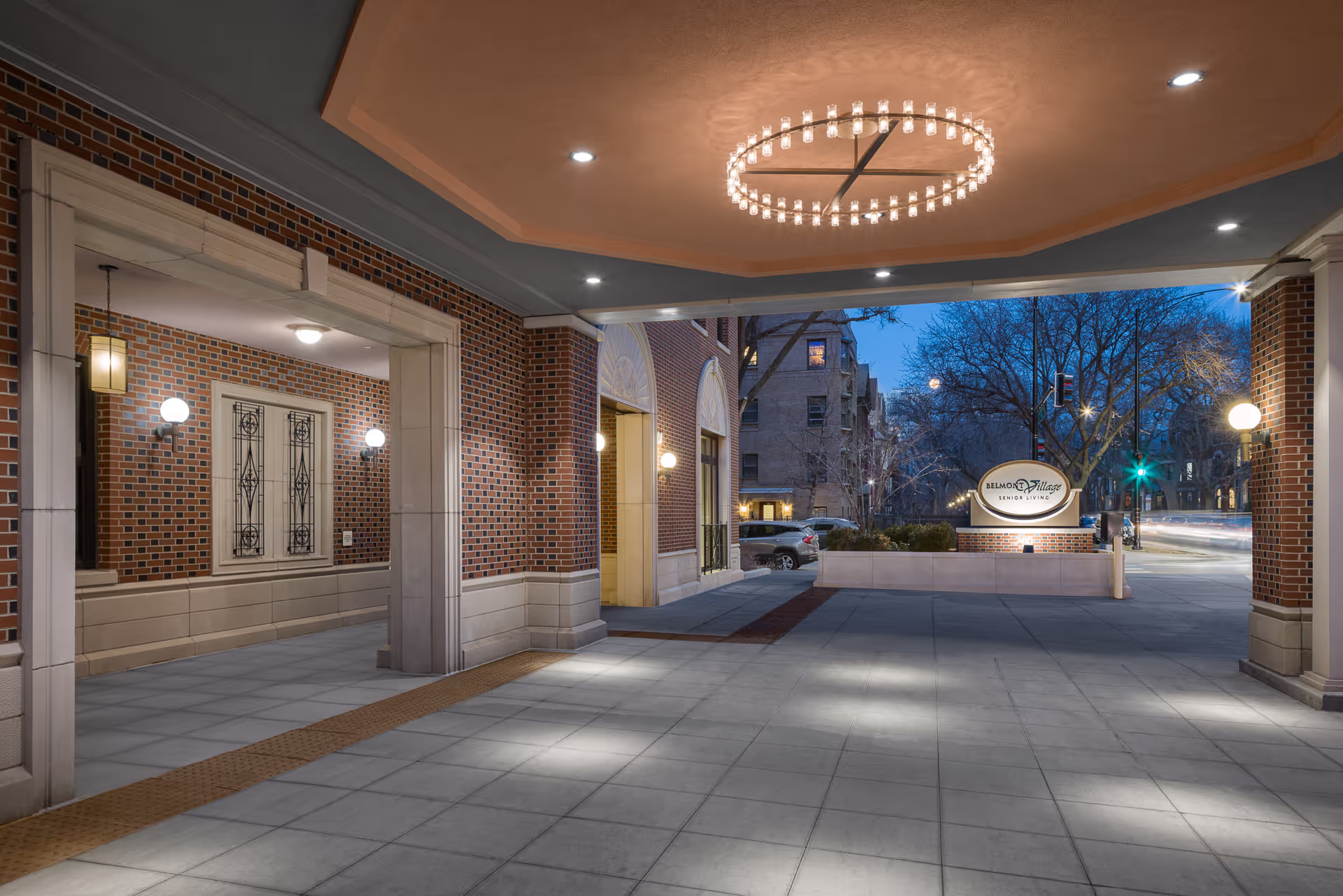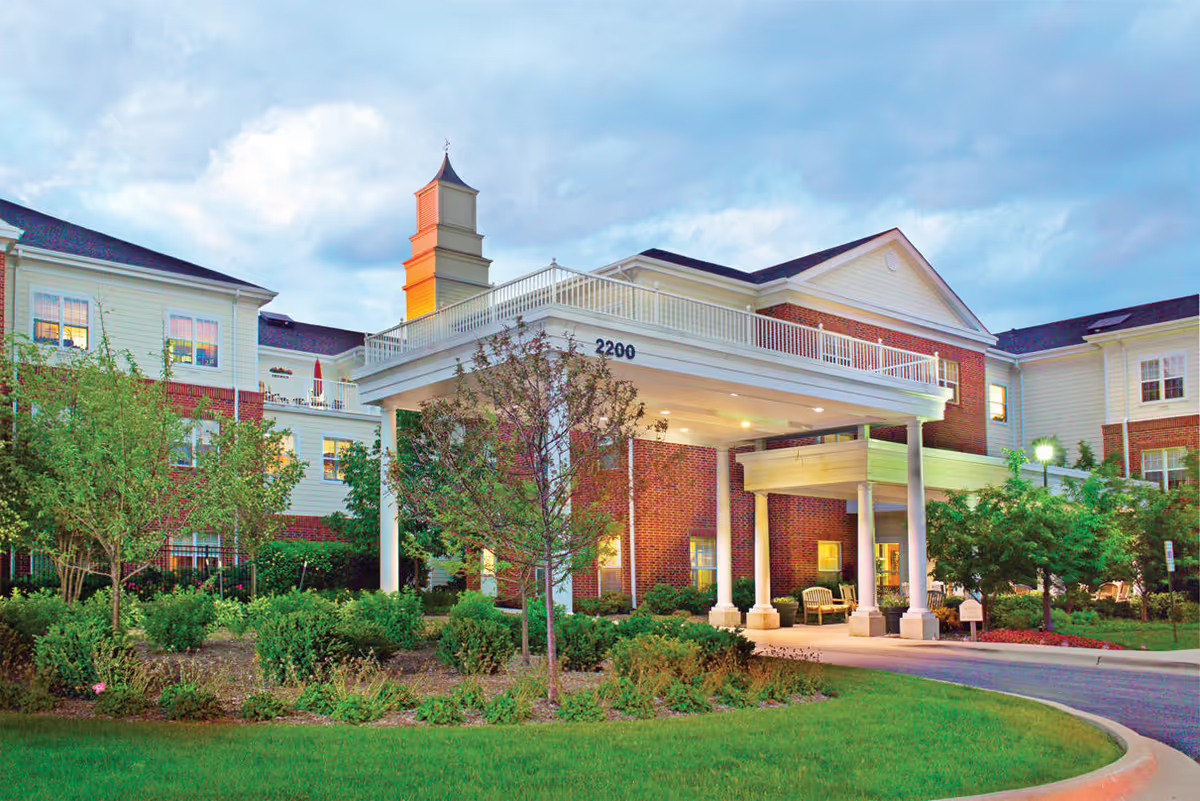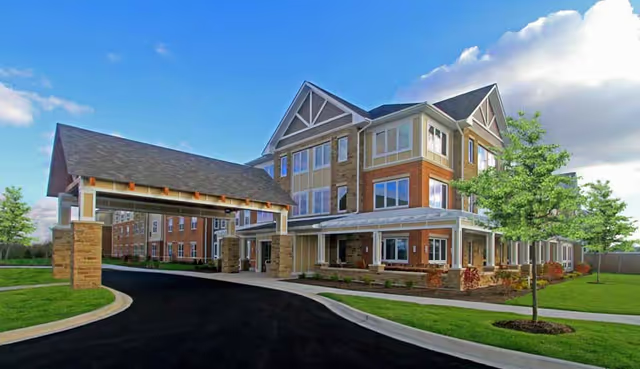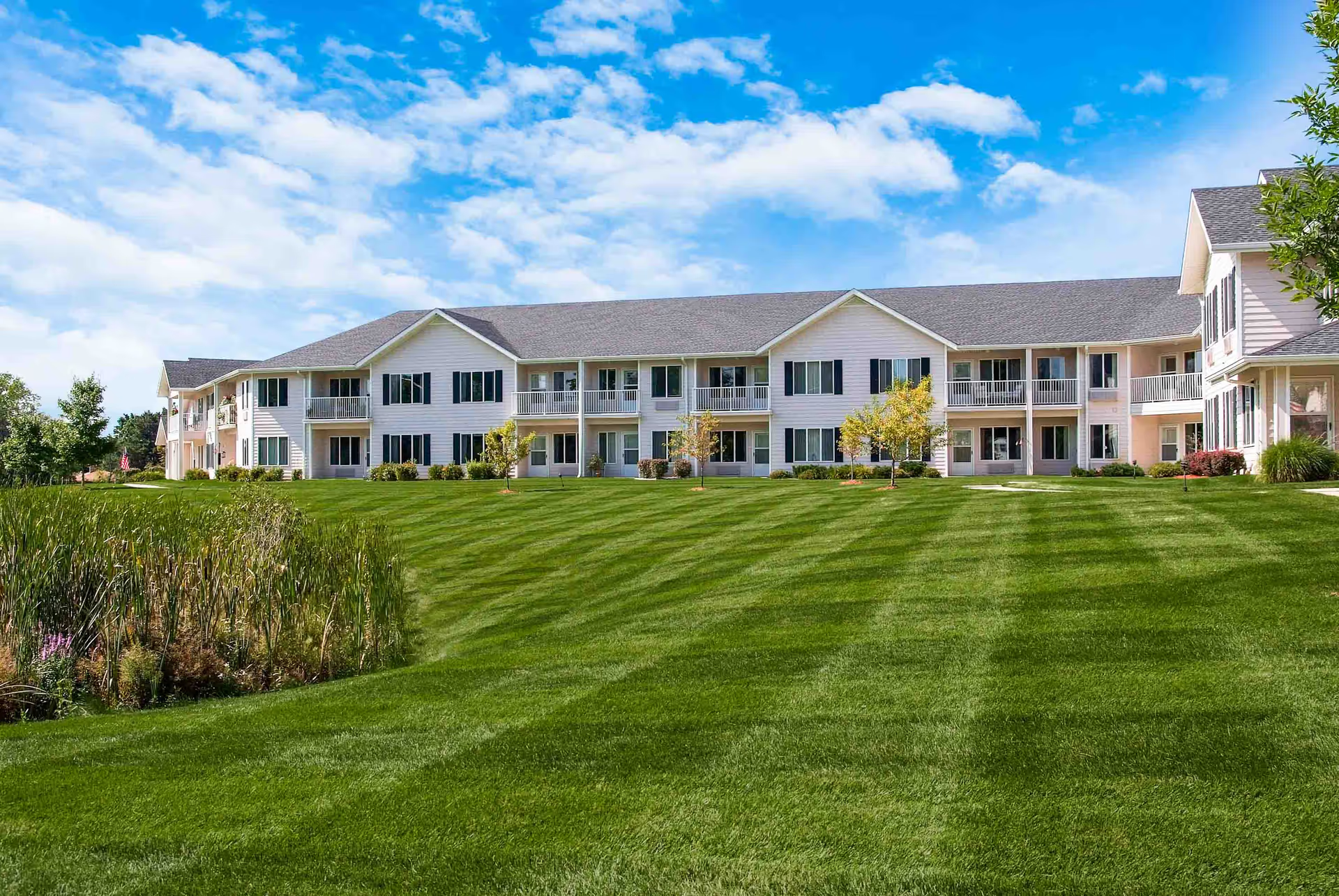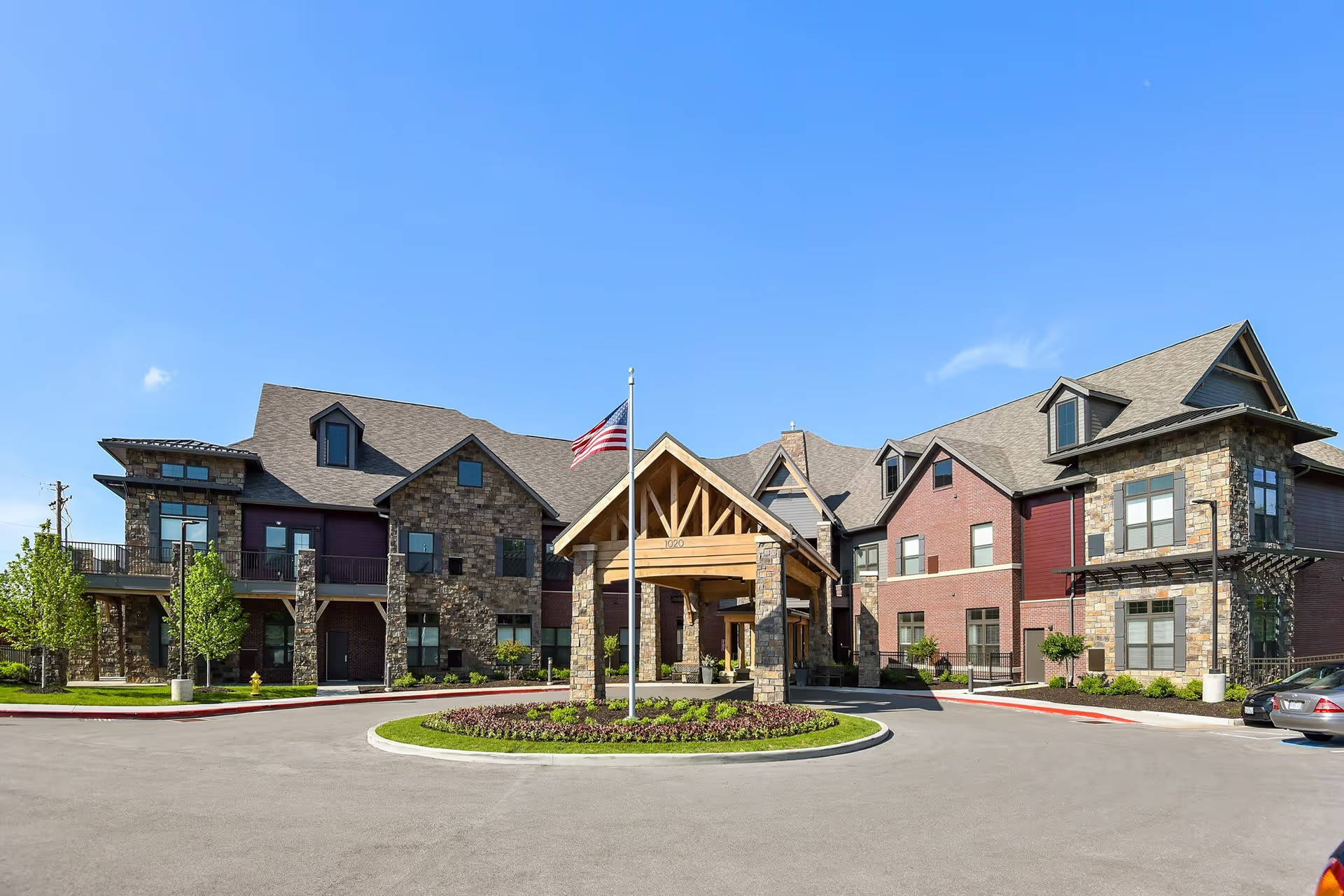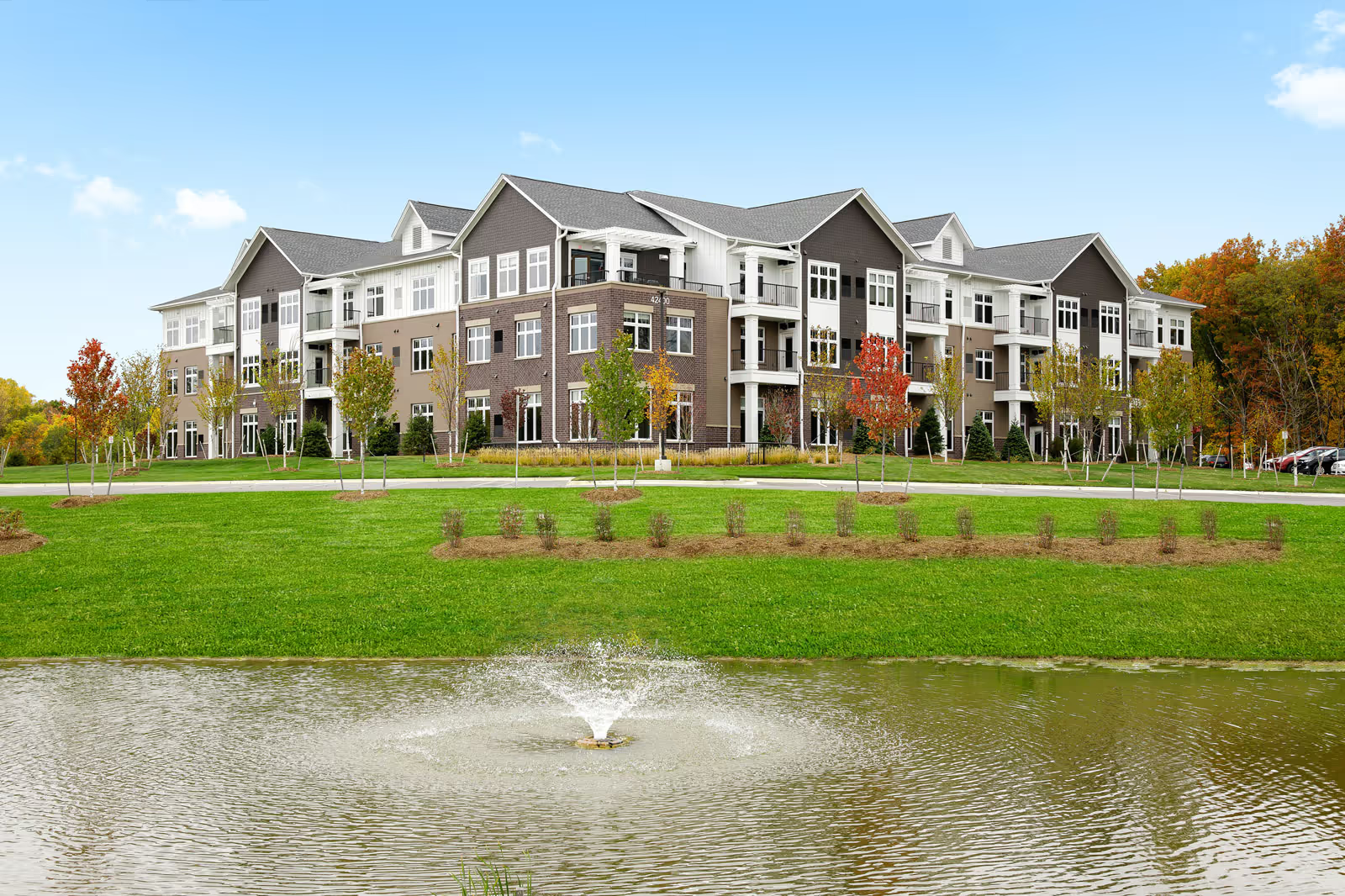The reviews for Southpoint Nursing and Rehabilitation Center are highly polarized and reveal a facility with significant internal variability: while some reviewers describe excellent, compassionate, and clinically competent care, others report severe neglect, safety failures, and unprofessional conduct. Positive commentary centers on frontline caregivers (CNAs, RNs, LPNs) who provide bedside assistance and on a wound-care team and rehab services that have documented successes. Multiple reviewers highlight specific employees and praise the admissions staff, an administrator, and the recent first-floor renovation; these comments indicate pockets of strong practice and a more favorable environment in particular units or under newer management.
Counterbalancing those positives are numerous, serious allegations that point to systemic quality and safety problems. Recurring themes include neglect of basic hygiene (residents left unbathed, incontinent care not performed, soiled linens and clothes left around), major cleanliness failures (reports of urine odor, maggots, flies, ants), and laundry/theft problems (missing clothes and radios). Several reviewers describe missed or wrong medications and at least one account claims an attempt to administer unprescribed medicine. There are multiple allegations of abuse and injuries (bruises, black eyes, suspected falls) and reports of deaths or severe medical deterioration attributed by families to poor care. These reports collectively indicate high risk events and potential regulatory or legal concerns raised by residents and families.
Staffing and communication show consistent negative patterns in many reviews. Chronic understaffing, especially lack of CNAs, is linked to delays in toileting, bathing, and mobility assistance. Families report staff being inattentive, on phones while working, or simply not responding to calls. Several reviews criticize leadership: management is described as dismissive, unaware of frontline care realities, or dishonest when concerns are raised. Weekend responsiveness and follow-through on complaints are singled out as inadequate. Conversely, some reviewers explicitly note that a newer clinical/management team has improved culture and responsiveness in parts of the building, which suggests change may be occurring unevenly across shifts or units.
Facility environment and safety-related issues are prominent. Some areas and units (notably the remodeled first floor) receive praise for cleanliness and appearance, but other areas are described as run-down, smoky, overcrowded, and smelling of urine. Infection control concerns appear in multiple reviews (staff not wearing masks, people roaming hallways without PPE). Security lapses are reported, including thefts, break-ins, and people roaming the facility; some reviewers even describe suspected criminal behavior or staff misconduct (including alleged substance misuse and falsified staff identities). These allegations raise serious concerns about resident safety and regulatory compliance.
Dining and ancillary services receive repeated criticism for poor quality and management. Diet and food quality are described as unappetizing, with dietary staff and management called out for needing overhaul. Maintenance and housekeeping are implicated in not cleaning bodily fluids or stains, and some reviewers report maintenance staff refusing tasks they deem outside their role. Other operational concerns include unpaid vendors, billing issues, and the facility’s handling of family inquiries and complaints.
Overall sentiment is mixed but leans toward caution: many families and visitors strongly warn others to avoid the facility and call for closure or criminal investigation, while a substantial minority report very good care, especially in specific units, under certain staff, or after management changes. The most frequent, serious negative patterns are neglect of basic hygiene, staffing shortages, safety/abuse allegations, medication errors, and poor cleanliness — all of which are critical quality-of-care issues. At the same time, the presence of notable positive experiences (effective wound care, rehab, attentive named staff, renovated areas, and a reportedly improving management team) suggests that care quality may be uneven between units, shifts, or before/after recent leadership changes.
For families evaluating Southpoint, the reviews indicate a need for caution and verification: check current state inspection reports, ask about nurse-to-resident and CNA staffing levels per shift, inquire about incident reporting and resolution, inspect the specific unit and room for cleanliness and odors, and ask management for examples of recent quality improvements and staffing stability. The review record shows pockets of good clinical care and rehabilitation, but also repeated and severe allegations of neglect and abuse that warrant careful, documented inquiry before placement.
